
 Ex. VAT
Inc. VAT
Ex. VAT
Inc. VAT  Ex. VAT
Ex. VAT
 €
€  €
€ 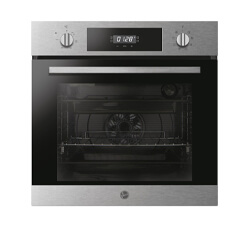
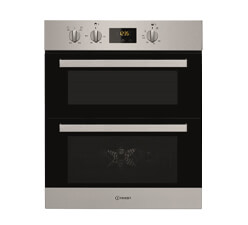
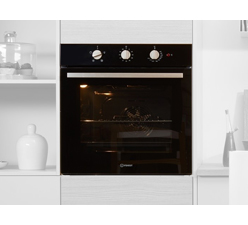
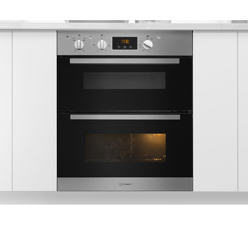
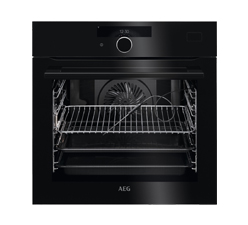
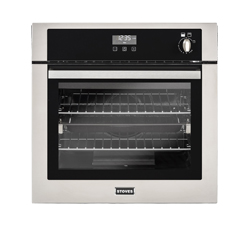
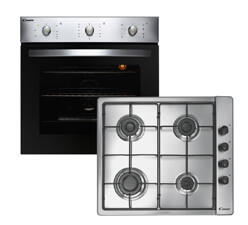
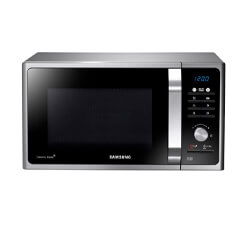
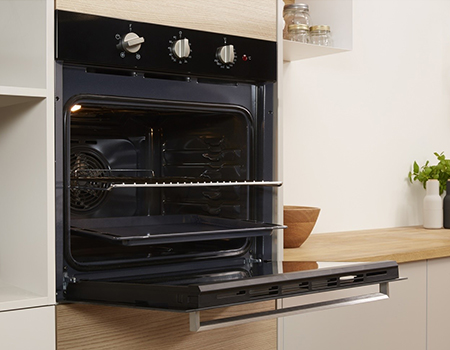
Single or Double
Single ovens are around 60 cm tall and allow you to bake, roast and grill in one cavity. While double ovens offer two spaces, including a grill in the top area. Built-under doubles are about 70 cm tall, and built-in models are up to 90 cm.

Built-In or Built-Under
Single and double ovens are available as built-under or built-in designs. Built-under models fit underneath a kitchen worktop in line with your cupboards. While built-in ovens are arranged at eye level to assist when rearranging dishes.
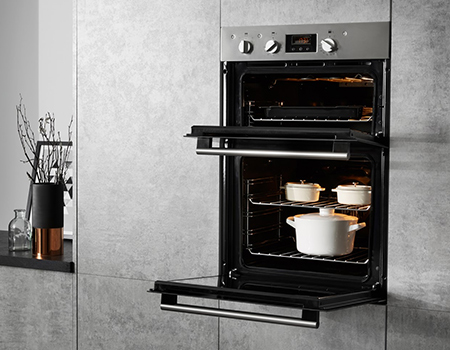
Electric or Gas
Electric ovens offer even heat distribution and accurate cooking temperatures. But gas ovens can be cheaper to run due to ever-changing energy prices.
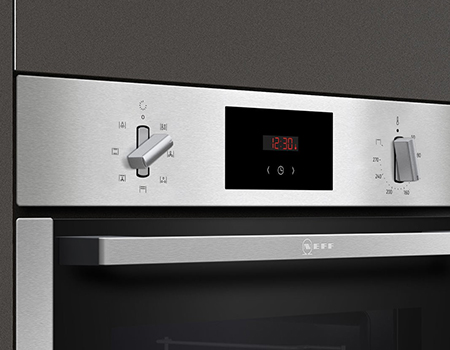
Conventional, Fan assisted or Fan
Conventional ovens incorporate top and bottom heating elements.
Fan-assisted ovens feature a fan plus top and bottom elements for consistent, even heat.
And fan ovens boast a heated element in front of the fan to circulate heat more efficiently than a fan-assisted oven.
Terms & conditions apply. Subject to status.
Gas ovens
Electric ovens
There are many differences between gas and electric ovens and when deciding on which to pick you should consider what kind of cooking you plan to do, gas vs electric oven cost to run, and what features you would like your new oven to have.
Single ovens can be installed in either built in or built under position. If you would like a double oven, you need to decide where to position it in your kitchen before you choose. Double ovens are designed to be installed in a column at head height, or under your worktop, but not all sizes with suit both positions.
The standard width size of most ovens is 60cm, heights of ovens can vary depending on the number of ovens. It is always best make sure if you are replacing an existing appliance that you measure the space which the appliance will sit in your kitchen.
If you are cooking for one or two then you will not need a large oven capacity, however if you have a family or you like to entertain you would need a larger oven capacity. We have ovens that range from under 30L to above 80L.
Ovens come in a variety of types depending on the method of heating they utilise and some ovens are multifunction ovens allowing for a variety of cooking methods to suit any dish.
Conventional ovens use heating elements in the top and base of the oven.
Fan assisted ovens use a fan to circulate the heat from heating elements in the top and base of the oven.
Fan ovens sometimes called true fan ovens or full fan ovens have a heating element in front of the fan which reduces the time required to heat the oven ready for cooking.
Steam ovens use steam to cook foods helping to keep more nutrients in and eliminating the need for oil.
When choosing an oven, look for a model with a range of features to suit all cooking needs. One of the main features to look out for is a convection system for even cooking. Then there is the oven air fryer function for healthier frying options. From experience, we know we need precise temperature control for consistent cooking results. To save on time a self-cleaning feature for easy maintenance is always helpful. Preprogrammed settings make life easier and allow everyone to cook at home. Now we get into the more essential features for families. Look out for essential safety features like automatic shut-off and child locks. You can also become connected by looking for a smart connectivity feature. Allows you to connect remotely and control your oven settings. These features collectively enhance cooking versatility, efficiency, and safety in the kitchen.
All ovens are integrated so if you are looking for a freestanding unit you need to visit our cooker or range cooker pages where we have freestanding options. You should always check the exact measurements of any appliances to make sure it will fit into your kitchen
There are three types of self-cleaning ovens. Catalytic ovens are best suited to chefs who rarely bake, as their liners can absorb grease but not sugar. Pyrolytic ovens are more energy-efficient than catalytic ovens but can be expensive to buy. They work by heating food and oil residue to over 400°C and reducing it to ash. While some ovens feature a basic steam-cleaning mode. This element consumes little energy; however, we recommend reading the oven's technical specifications to understand its overall cooking capacity.